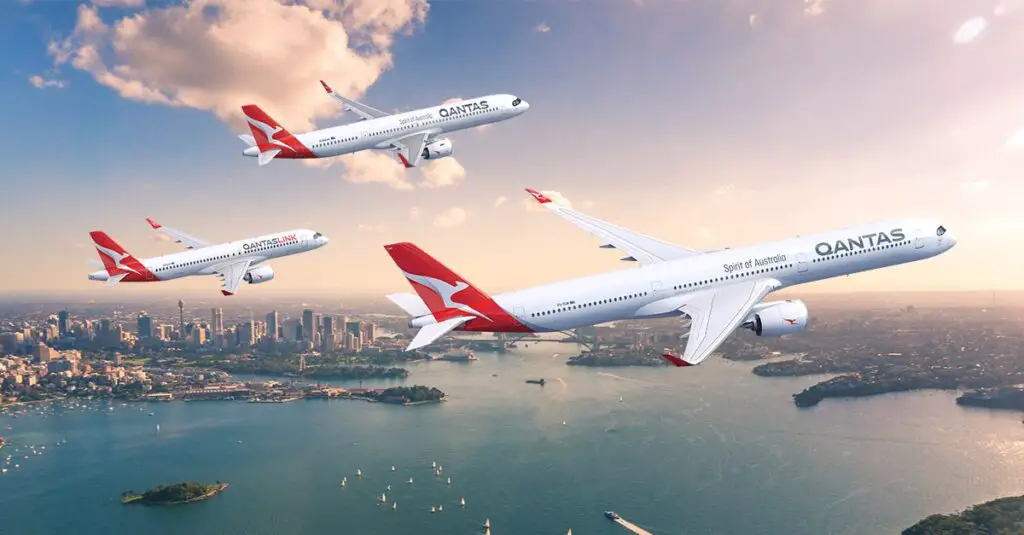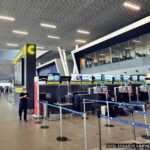Qantas has revealed that its Project Sunrise is facing a delay due to the prolonged delivery time of its Airbus A350-1000 aircraft, and that its does not anticipate receiving the A321XLR until 2025.
The initial setback for the company, Project Sunrise, unfolded with the announcement that the delivery of the first Airbus A350-1000 would be delayed by approximately six months. Qantas now expects to receive the first of these aircraft by mid-2026. The delay is attributed to regulatory requirements indicating the need for modifications to the additional fuel tank. This tank, crucial for the aircraft’s ability to undertake non-stop journeys from Sydney to London, has come under scrutiny for failing to meet specific safety standards, necessitating a comprehensive redesign.
Related Content: Qantas Announces First Routes for Airbus A220 and Places an Order for Eight Additional A321XLRs
In addition to the Project Sunrise delay, Qantas indicated that it does not expect to receive its first A321XLR before 2025. This delay is not attributable to the company but is the outcome of design modifications following objections raised by the European Union Aviation Safety Agency (EASA), specifically regarding the rear fuel tank incorporated in the model. The design modifications made by Airbus have impacted the model’s range, reducing it by 200 nautical miles (370 km).
The A321XLR is a subvariant of the Airbus A321neo, part of the A320neo family, the largest narrow-body aircraft produced by the European manufacturer. It is designed to offer a range of 4,700 nautical miles (8,700 km or 11 hours of flight). It has a fuel consumption 30% lower than aircraft such as the Boeing 757.
Despite the delivery delays, Qantas has confirmed the acquisition of eight additional A321XLRs for Qantas Domestic. This brings the total number of A321XLRs for Qantas to 28. The airline’s A321XLRs will have a capacity for 200 passengers, with 20 in Business and 180 in Economy. This represents an increase of up to 15 percent in capacity without compromising seat spacing.














